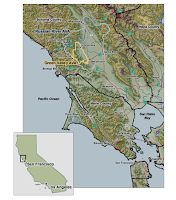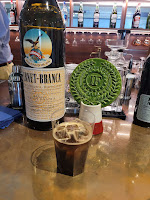What Is Franciacorta?
Franciacorta is a high-quality, traditional-method sparkling wine made in the province of Brescia, near Lake Iseo. Unlike Italy’s more widely known sparkling wine, Prosecco (which is made using the tank method), Franciacorta is produced using the metodo classico — the same labor-intensive process used in Champagne. This involves a secondary fermentation in the bottle, creating the elegant bubbles and rich, yeasty notes that define the world’s best sparkling wines.
A Protected Name
Franciacorta holds DOCG status (Denominazione di Origine Controllata e Garantita), Italy’s highest wine classification. This guarantees strict regulations on grape growing, winemaking, and aging, all with the aim of ensuring premium quality. Only sparkling wines produced within the defined Franciacorta region and made according to these rules can bear the name.
The Grapes Behind the Bubbles
The primary grapes used in Franciacorta are:
- Chardonnay – lends elegance, freshness, and structure.
- Pinot Nero (Pinot Noir) – adds body and depth.
- Pinot Bianco (Pinot Blanc) – used in smaller amounts for softness and floral notes.
- Some producers are experimenting with Erbamat, an ancient local variety that brings acidity and character.
Styles of Franciacorta
Franciacorta offers several styles to explore:
- Brut – the most common style, crisp and dry with fine bubbles and citrusy elegance.
- Satèn – unique to Franciacorta, made only from white grapes (mostly Chardonnay), with lower pressure and a creamy, silky texture.
- Rosé – includes at least 35% Pinot Nero, bringing structure and red fruit notes.
- Millesimato (Vintage) – made from grapes of a single year, aged at least 30 months on the lees.
- Riserva – aged over 60 months, delivering depth, complexity, and toasty richness.
Aging Matters
Franciacorta must be aged a minimum of 18 months on the lees for non-vintage wines, which is longer than the minimum required for Champagne. This extended aging imparts complexity, with aromas of brioche, toasted nuts, and citrus peel.
Food Pairing & Serving
Franciacorta’s versatility makes it a brilliant companion to a wide range of dishes:
- Brut pairs beautifully with shellfish, sushi, and light pasta dishes.
- Satèn is excellent with creamy risottos or mild cheeses.
- Rosé complements roasted poultry or charcuterie.
Serve chilled (around 6–8°C / 43–46°F) in a tulip-shaped flute or white wine glass to appreciate the aroma and mousse.
Why Franciacorta Deserves a Spot in Your Cellar
Franciacorta remains underappreciated outside of Italy, which means you can often find excellent bottles at a fraction of the price of Champagne. It offers an unbeatable combination of craftsmanship, terroir, and flavor — a true gem for sparkling wine aficionados and curious newcomers alike.
Next time you’re celebrating (or just enjoying a quiet evening), reach beyond the familiar. Let Franciacorta surprise and delight you — Italy’s finest bubbles, ready to sparkle.
















